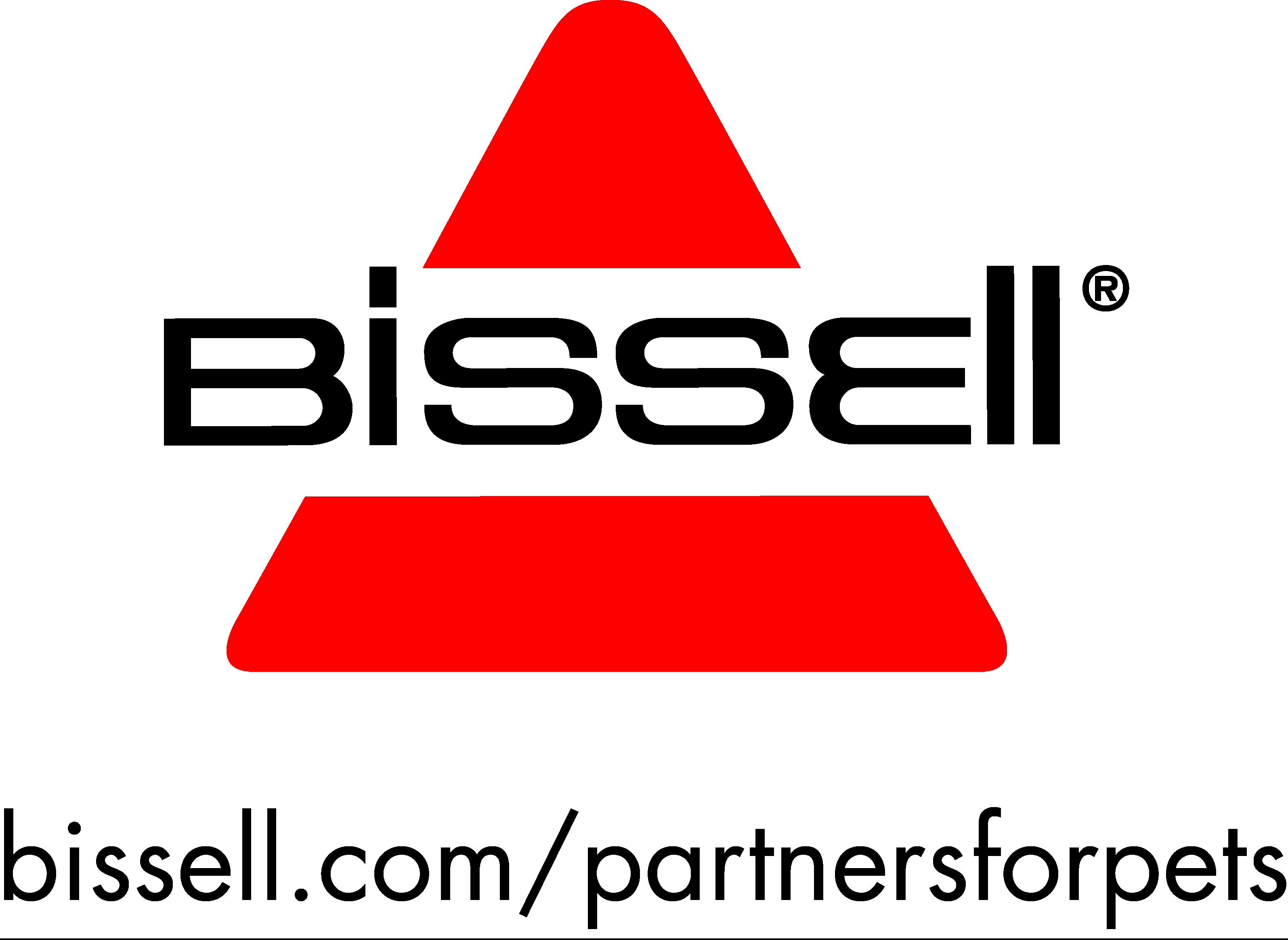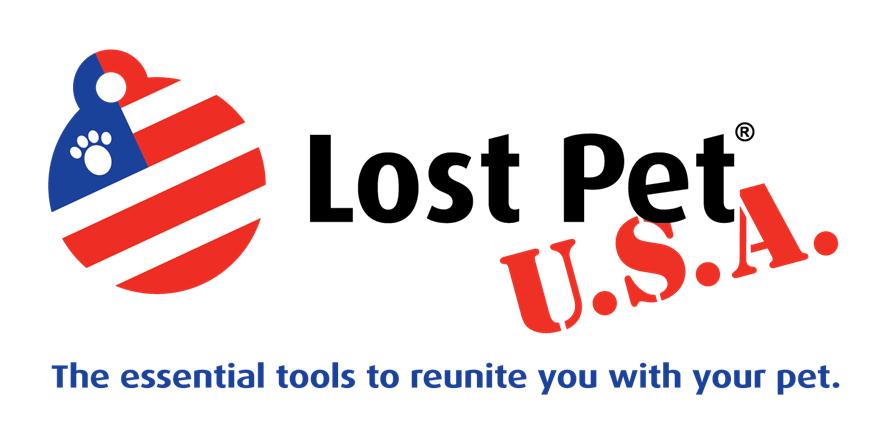Dogs: Positive Reinforcement Training
Just say yes to training your dog with treats and praise
From the Humane Society of the United States
Remember how happy you were if your parents gave you a dollar for every A on your report card? They made you want to do it again, right? That’s positive reinforcement.
Dogs don’t care about money. They care about praise … and food. Positive reinforcement training uses praise and/or treats to reward your dog for doing something you want him to do. Because the reward makes him more likely to repeat the behavior, positive reinforcement is one of your most powerful tools for shaping or changing your dog’s behavior.
Rewarding your dog for good behavior sounds pretty simple, and it is! But to practice the technique effectively, you need to follow some basic guidelines.
Timing is everything
Correct timing is essential when using positive reinforcement.
- The reward must occur immediately—within seconds—or your pet may not associate it with the proper action. For example, if you have your dog sit but reward him after he’s stood back up, he’ll think he’s being rewarded for standing up.
- Using a clicker to mark the correct behavior can improve your timing and also help your dog understand the connection between the correct behavior and the treat.
Keep it short
Dogs don’t understand sentences. “Daisy, I want you to be a good girl and sit for me now” will likely earn you a blank stare.
Keep commands short and uncomplicated. The most commonly used dog commands are:
- watch me
- sit
- stay
- down (which means “lie down”)
- off (which means “get off of me” or “get off the furniture”)
- stand
- come
- heel (which means “walk close to my side”)
- leave it
Consistency is key
Everyone in the family should use the same commands; otherwise, your dog may be confused. It might help to post a list of commands where everyone can become familiar with them.
Consistency also means always rewarding the desired behavior and never rewarding undesired behavior.
When to use positive reinforcement
The good: Positive reinforcement is great for teaching your dog commands, and it’s also a good way of reinforcing good behavior. You may have your dog sit
- before letting him out the door (which helps prevent door-darting)
- before petting him (which helps prevent jumping on people)
- before feeding him (which helps teach him good meal-time manners).
Give him a pat or a “Good dog” for lying quietly by your feet, or slip a treat into a Kong®-type toy when he’s chewing it instead of your shoe.
The bad: Be careful that you don’t inadvertently use positive reinforcement to reward unwanted behaviors. For example, if you let your dog outside every time he barks at a noise in the neighborhood, you’re giving him a reward (access to the yard) for behavior you want to discourage.
Shaping behavior
It can take time for your dog to learn certain behaviors. You may need to use a technique called “shaping,” which means reinforcing something close to the desired response and then gradually requiring more from your dog before he gets the treat.
For example, if you’re teaching your dog to “shake hands,” you may initially reward him for lifting his paw off the ground, then for lifting it higher, then for touching your hand, then for letting you hold his paw, and finally, for actually “shaking hands” with you.
Types of rewards
Positive reinforcement can include food treats, praise, petting, or a favorite toy or game. Since most dogs are highly food-motivated, food treats work especially well for training.
- A treat should be enticing and irresistible to your pet. Experiment a bit to see which treats work best for your pet.
- It should be a very small (pea-size or even smaller for little dogs), soft piece of food, so that he will immediately gulp it down and look to you for more. Don’t give your dog something he has to chew or that breaks into bits and falls on the floor.
- Keep a variety of treats handy so your dog won’t become bored getting the same treat every time. You can carry the treats in a pocket or fanny pack.
- Each time you use a food reward, you should couple it with a verbal reward (praise). Say something like, “Yes!” or “Good dog,” in a positive, happy tone of voice. Then give your dog a treat.
If your dog isn’t as motivated by food treats, a toy, petting, or brief play can be very effective rewards.
When to give treats
When your pet is learning a new behavior, reward him every time he does the behavior. This is called continuous reinforcement.
Once your pet has reliably learned the behavior, you want to switch to intermittent reinforcement, in which you continue with praise, but gradually reduce the number of times he receives a treat for doing the desired behavior.
- At first, reward him with the treat four out of every five times he does the behavior. Over time, reward him three out of five times, then two out of five times, and so on, until you’re only rewarding him occasionally.
- Continue to praise him every time—although once your dog has learned the behavior, your praise can be less effusive, such as a quiet but positive, “Good dog.”
- Use a variable schedule of reinforcement so that he doesn’t catch on that he only has to respond every other time. Your pet will soon learn that if he keeps responding, eventually he’ll get what he wants—your praise and an occasional treat.
Caution! Don’t decrease the rewards too quickly. You don’t want your dog to become frustrated.
By understanding positive reinforcement, you’ll see that you’re not forever bound to carry a pocketful of goodies. Your dog will soon be working for your verbal praise, because he wants to please you and knows that, occasionally, he’ll get a treat, too.


